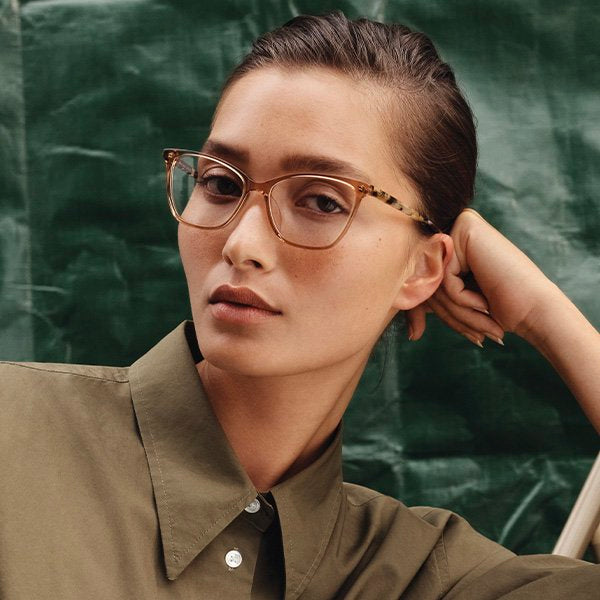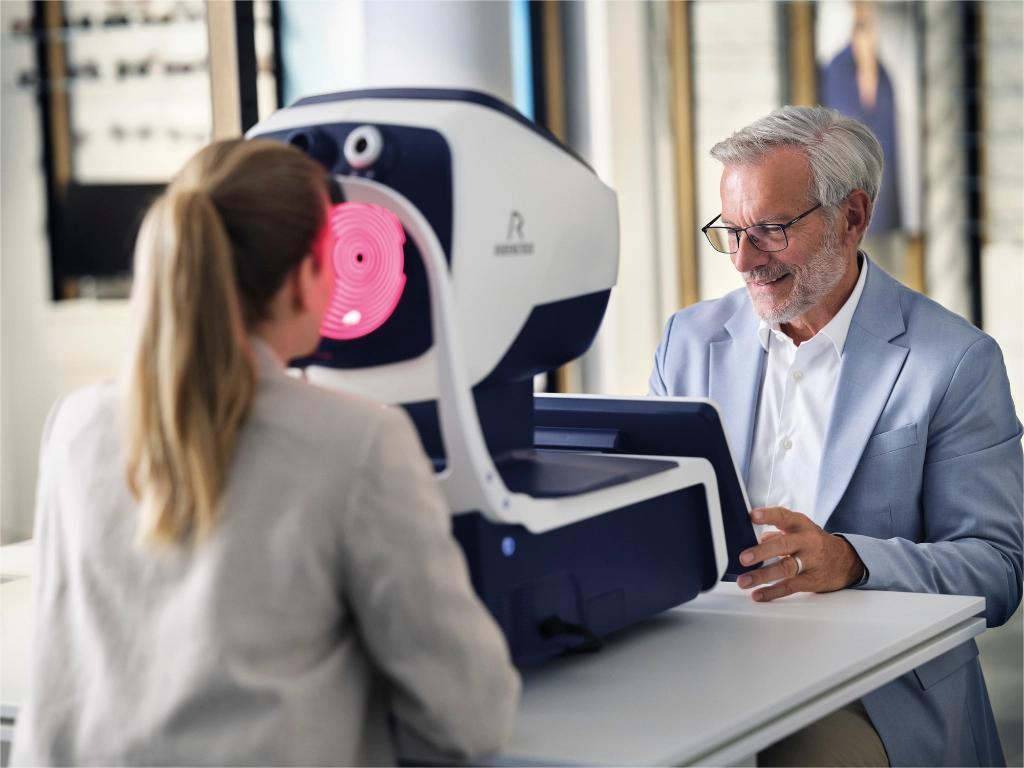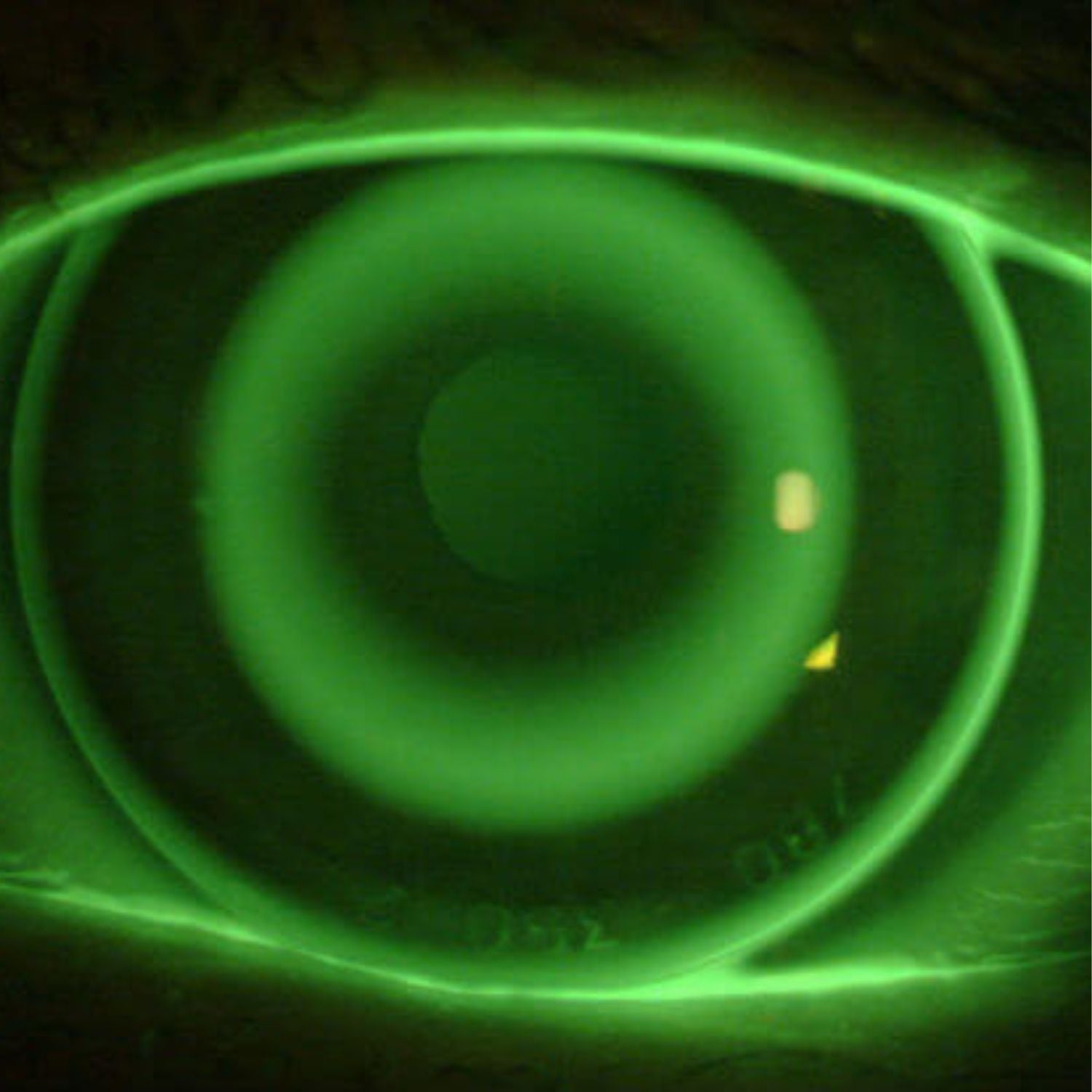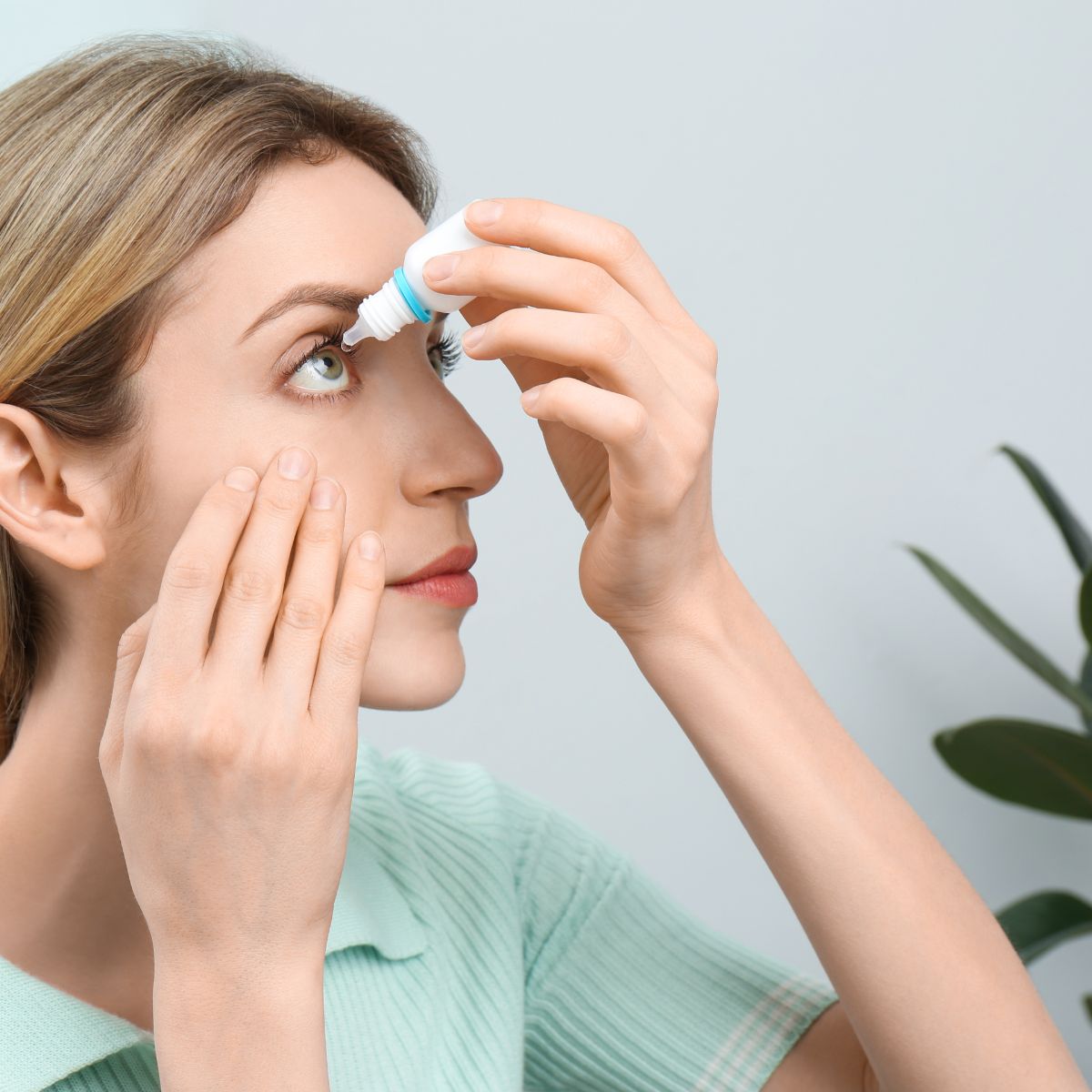Is your child’s myopia worsening?
Myopia Control
Myopia, also known as nearsightedness or shortsightedness, is a common vision condition where close objects appear clear but distant ones are blurry. This is caused by the eyeball being too long or the cornea being too curved, causing light to focus in front of the retina instead of on it. Today, myopia is becoming more prevalent in younger children. Myopia Control aims to stop, or slow down, progression of myopia.
What causes myopia?
We know there are a number of reasons that increase the chance of becoming myopia:
- Excessive amounts of near-vision workor increasing use of screen-based devices (mobile phones, tablets) contribute to myopia progression
- Decrease in time spent outdoors makes myopia worse
- Genetically with one short-sighted parents, myopia risk increases by three times. Moreover, two short-sighted parents mean a six fold increase in myopia risk
- The younger and earlier myopia begins in child, the higher the risk of progression
Why is Myopia Control important?
You might be wondering why myopia is a concern or why it’s important to manage it?
Myopia is no longer just a problem in Asia! Myopia is becoming increasingly common worldwide. In Australian schoolchildren, the Sydney Myopia Study revealed that myopia rates have doubled to 31% compared to a decade earlier. Similarly, in the United States, the prevalence of myopia has risen from 25% to 42% over the last few decades. In East Asian countries, the situation is even more alarming, with 80–90% of the population now affected.
Any level of myopia can increase the risk of eye problems, including:
- Retinal Detachment: The retina, a thin layer of light-sensitive tissue inside the eye, is more likely to detach in cases of high myopia. Retinal detachment is a medical emergency and can lead to blindness if not treated promptly.
- Macular Damage: The macula, which is essential for sharp, detailed vision, can be permanently damaged as myopia stretches the eye, resulting in significant and irreversible vision loss.
- Glaucoma: Myopia increases the risk of developing glaucoma—optic nerve damage that causes vision loss—by more than four times.
- Cataracts: People with myopia are more likely to develop cataracts earlier in life, as the lens of the eye becomes cloudy.
Keeping your child’s myopia from getting worse can help lower these risks. It also means that they most likely will not need as thick lenses as they may have done without treatment.
Orthokeratology / Ortho-K
Orthokeratology, or ortho-K, involves wearing custom-made hard lenses while you sleep. These lenses gently reshape the eye’s surface, giving clear vision without glasses or lenses the next day.
Currently, Ortho K is the most effective form of myopia control. Studies have demonstrated Ortho K to be effective in reducing the rate of myopia progression by around 50% in suitable children.
The result is that your child can freely participate in sports, while free from glasses and contact lenses during the day.
MiSight 1 Day / Multifocal Soft Contact Lenses
MiSight 1 Day is a specially designed multifocal soft contact lenses that is proven to slow myopia progression. These lenses differ from single-vision lenses as they can simultaneously focus light from different distances. The retina reacts to these varying focus points by signalling a reduction in the growth of the eye.
Hoya MiyoSmart Myopia Control Spectacle Lenses
These innovative lenses uses Defocus Incorporated Multiple Segments (DIMS) lenses. The lenses corrects the visual defect on its entire surface and has a ring shaped treatment area to slow down myopia progression. The alternation of the focus area and defocus area provides clear vision and manages myopia simultaneously.
These lenses provide children with an excellent non-invasive option for controlling myopia.
Atropine Eye Drops
One of the main factors believed to cause myopia progression is excessive near work and screen time. This overuses the eye’s near focus, leading the eye to grow longer and worsening myopia. Atropine eye drops work by partially paralysing the eye’s near focusing ability, preventing this overstimulation and slowing myopia progression.
However, atropine also causes pupil dilation, which affects the eye’s ability to block and control light. To minimise this, a low dose of atropine is used to reduce near focus with minimal impact on pupil dilation.
Atropine does not correct vision, so glasses are still needed. Side effects may include slight blurry vision or light sensitivity, and some children may be more sensitive to atropine.







